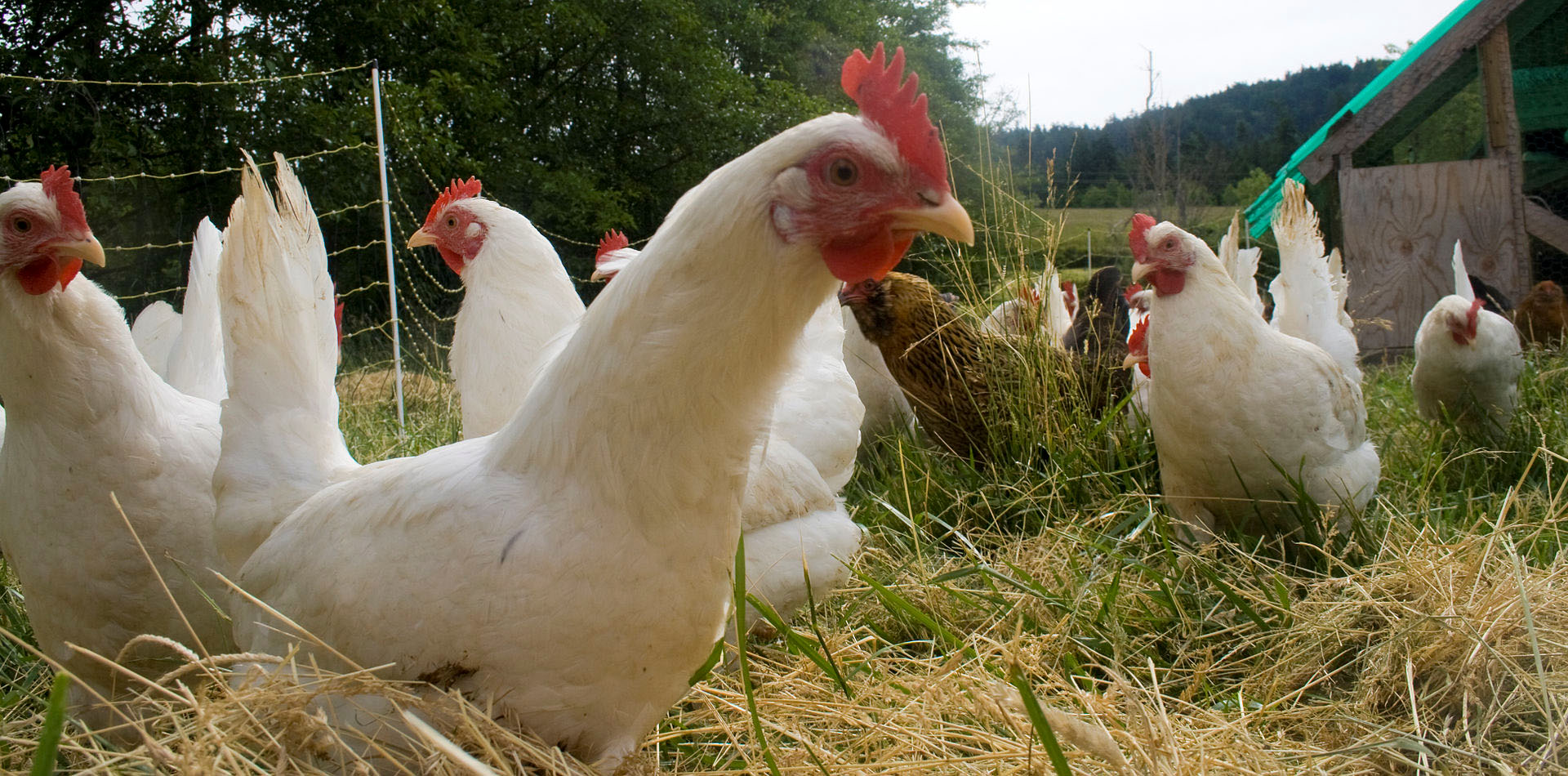Food Shopping can be daunting, even at Wegmans, voted the number one supermarket chain in the country. Why? Perhaps due to the abundant array of labels, variations, and price tags accompanying different foods. From organic and cage-free, to fair-trade and all-natural, these labels can be convoluted in their perceived meanings, leading to poor choices and perhaps undesirable results. How can we make sense of them all? Below is a quick reference set of definitions for some classic food labels and their implications on both health and the environment, to help you make the choices you desire.
Organic:
- Certification- provided by the United States Department of Agriculture, or the USDA, and its National Organic Program. Advocacy and standards also developed by the Organic trade Association.
- Plant Products (fruits, vegetables, herbs) –
- produced without synthetic fertilizers, genetic engineering, artificial processes, sewage sludge, and irradiation, a radiation technique to kill bacteria
- no Genetically Modified (GMO) ingredients
- New study showed that Organic crops had 17% more antioxidants, higher levels of flavonoids (stroke risk reducers), and overall less pesticide residues and levels than conventional crops
- Animal products- access to the outdoors, no antibiotics or growth hormones, use fed with 100% organic nutrients
- Multi-ingredient items- 95% of them must be organic for the product as a whole to be considered organic
- Farming- tries to create a well balanced ecosystem, preserve natural resources, and only use approved substances
- Maintenance- certified farms and products subject to inspections, residue testing, annual oversight, and enforcement actions and investigations if a violation is established
- Environmental benefits – Reduces pollution, conserves water, maintains soil quality preventing erosion, allowing soil to be reused
- Qualms-
- Animals can still be fed with grain
- There is a list of “acceptable ingredients” that can be in organic products that are non organic but “essential. According to the New York Times, “At first, the list was largely made up of things like baking soda, which is nonorganic but essential to making things like organic bread. Today, more than 250 nonorganic substances are on the list, up from 77 in 2002”
- Organic food can sometimes cost up to 50% more than nonorganic
Free Range:
- Certification- provided by the USDA
- Regulations- flock was given fresh water, shelter, continuous access to the outdoors, and unlimited food.
- Qualms-
- Area outdoors the animals have access to may or may not be fenced in or covered with netting
Natural:
- Certification- provided by the USDA
- Regulations
- only pertains to items containing eggs, meat, pultry itms and their processing
- those products must be nominally processed and cannot contain artificial ingredients
- Farming- There is no standard that accompanies the label
- Qualms- If a label “natural” is seen on a product without these three ingredients, there are not regulations
Grass Fed:
- Certification- provided by the USDA
- Regulations- the animals from which the products are derived have been fed c with grass for the majority of their lifespan, and only fed grain as supplemental feed.
- Qualms- only applies to their source of food meaning the animals can still be fed pesticides, antibiotics, and hormones
Humane:
- Regulations- Vaguely suggests that animals, during the production cycle, are treated humanely.
- Qualms
- There is no one USDA standard for upholding this label
- Extremely subjective and variable
Seasonal:
- Regulations- indicates that a plant, fruit, vegetable, or fish is “in season,” or can be farmed, picked or caught at a specific time in local areas.
- Environmental benefits- fewer carbon emissions as if the item is seasonal, its origin is most often local and less transportation is required
- For a reference guide of when, where, and what is in season, click here.
Local:
- Regulations- According to the U.S. Food, Conservation, and energy act of 2008, a food is denoted as “local” if it originated within 400 miles of the space
- Environmental benefits – more sustainable than organic foods, as organic foods must frequently travel many miles to reach their destinations meaning eating locally yields lower levels of carbon emissions
- For a guide to finding a local farmer’s market in your area, click here.
Fair Trade:
- Certification- provided by Fair Trade International and Fair Trade USA
- Regulations-
- Workers paid with a living wage
- Workers provided with Safe working conditions
- Sustainable farming practices
- Environmental benefits- promotes water conservation and reforestation
- Qualms-
- Often more expensive
- Frequently confused with organic products
Farm Raised:
- Regulations- pertains to fish, suggests they were kept in an enclosure
- Environmental benefits- sustainable farms work to protect sensitive habitats (ie. Mangrove forests) and can monitor water quality to prevent pollution, helps prevent the depletion of fish species and overfishing
- Qualms- often the fish in farms are given genetically modified food, hormones, and antibiotics
Wild:
- Certification- The Marine Stewardship council provides certifications to credibly distinguish and reward fisheries engaging in healthy and sustainable fishing practices
- Regulations- pertains to fish, no hormones, antibiotics, or synthetic additives.
- Environmental benefits- protection of Vulnerable Marine Ecosystems (VMEs), maintenance of ecosystem diversity and functionality
- Qualms- wild fish must often be transported far distances from their origin to distribution leading to higher carbon emissions
Other definitions can be found through the USDA and Huffington Post.
Written by Julie Elliot, Class of 2015
Photo
| DescriptionFree range chicken flock.jpg | Free range hens, near their coop and surrounded by electrified poultry netting. |
| Date | |
| Source | (semi) free range chickens |
| Author | woodley wonderworks |



